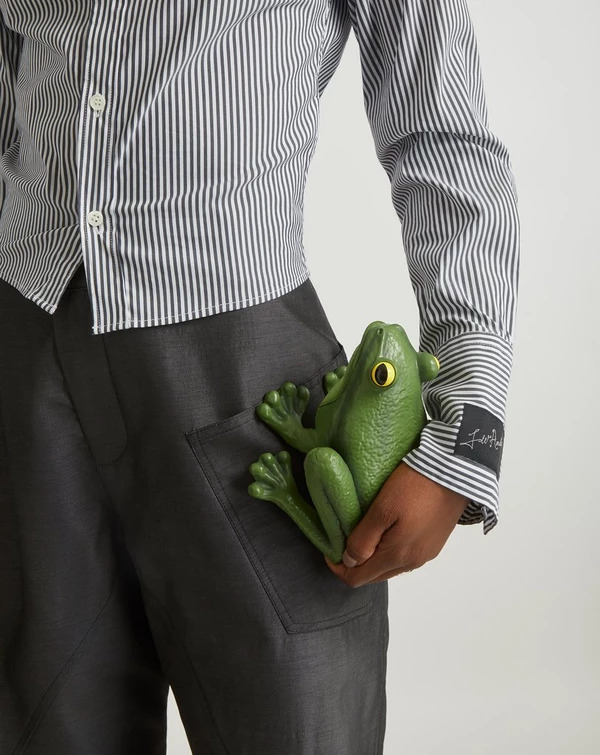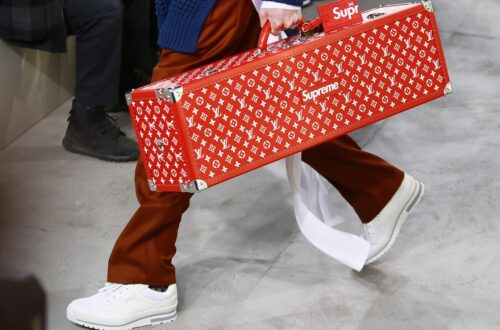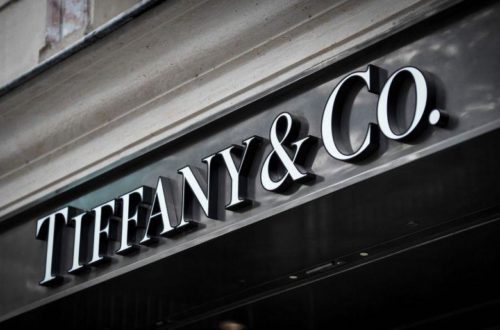If you think about recent fashion trends, you will notice a general tendency of relying on past collections and styles: from y2k to coquette and e-girls, trends characterizing our recent sense of fashion are rooted in past codes and languages, readapted to the modern sensitivity of the 2020s. In the recent fashion landscape, it may be hard to find absolute novelty in the way we dress, but if you look closely you’ll find that one apparel category in particular has been defying conventions in recent years: bags and purses.
While major luxury houses have been proposing re-editions of their most successful models (Prada’s Re-nylon bag, for instance, or Fendi’s revival of the Baguette), other brands have been trying to revolutionize the way we think about accessories. The most extreme examples are by JW Anderson, who recently proposed clutches in the hyper-realistic shapes of pigeons and frogs: the pigeon clutch, priced at 890 USD, has rapidly become a viral sensation after being sported by Sarah Jessica Parker and Sam Smith.
The success of the pigeon bag on Instagram and Tiktok is also attributed to Jake Fleming, model and fashion content creator, who has shared his experience with the bag and OOTD involving this peculiar piece. Another piece recently sported by Fleming is Longchamp’s Headphones purse: in the form of a headphone-shaped head piece, Longchamp proposes two pockets to carry your belongings in an unprecedented way.
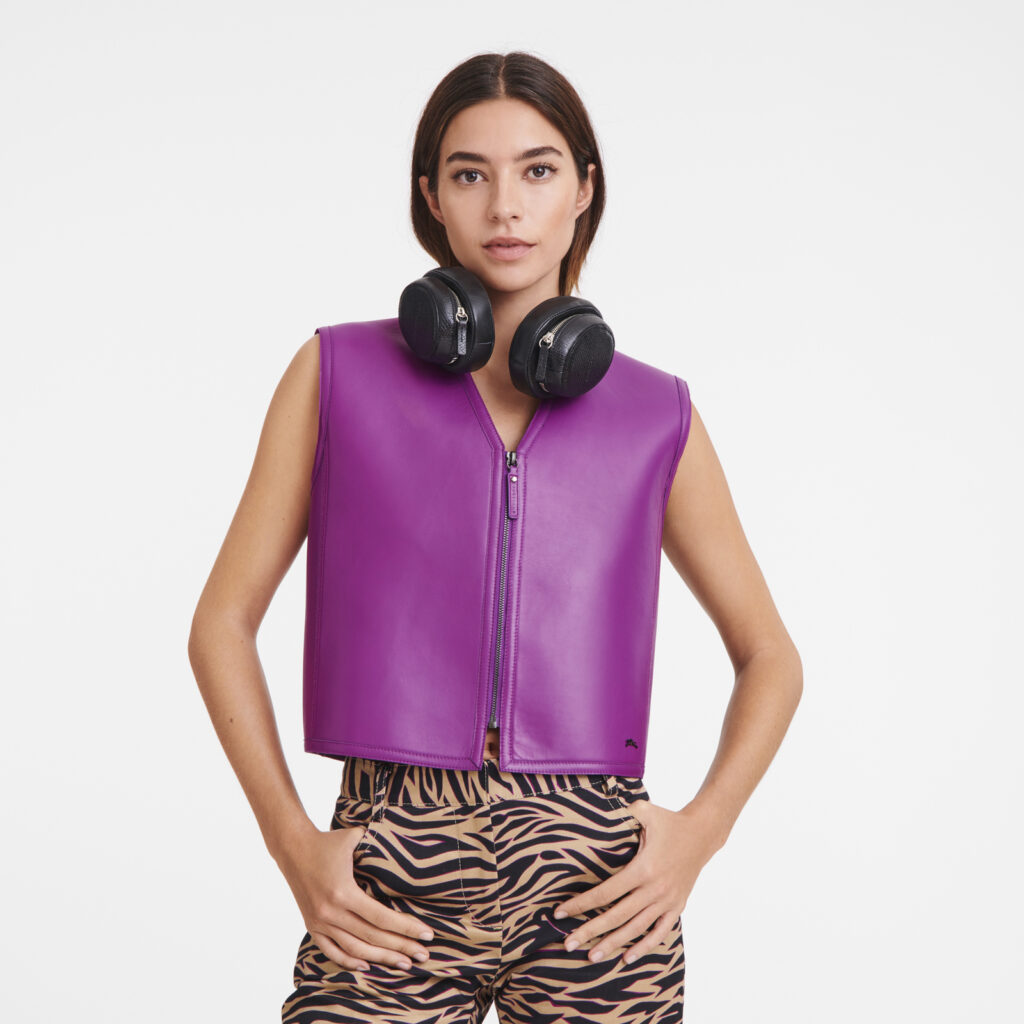
At the same time, however, we have witnessed a complete renaissance of it-bags from the past: from Dior’s Saddle Bag and Lady Dior revivals to the recent Birkin craze, these 20th century bags have been undergoing an incredible process of re-popularization among youths. This renaissance is closely linked with the emergence of more eco-friendly vintage marketplaces, where the trade of luxury goods accounted for 26.17 billion dollars in 2021. However, the increase in ecological consciousness of Gen Z customers is not the only factor pushing the renaissance of vintage bags: according to Business Insider (“Gen Z brought the 90 back because it is impossible to grow up in today’s economy”), the nostalgia that characterizes today’s youth is a form of comfort, a coping mechanism triggered by the pandemic, but also by the increasing uncertainty in the world. With these premises, established luxury brands have profitably leveraged on their past collections, reintroducing iconic pieces and adapting them to the modern taste of Gen Z customers.
At this point, one might wonder about the strategies of smaller brands: with little to no iconic heritage to leverage on, what are these brands proposing to appeal to the nostalgic Gen Z customers?
To answer, we look at one of the major brands that has successfully established itself in the luxury segment in the past years: Jacquemus. Although now the brand has gained quite a reputation among all customers, the iconic Chiquito micro bag was first presented in 2017. Although it was certainly not the first micro bag to be proposed to luxury customers, the bag became an immediate sensation, allowing Jacquemus to establish itself in the market. Likewise, other brands seeking to build a reputation in the premium-luxury segment have been proposing new and sometimes outrageous styles to appeal to younger customers: moving away from bags, it is worth pointing out how Maison Margiela’s tabi shoes have seen an incredible rise in popularity in 2023.
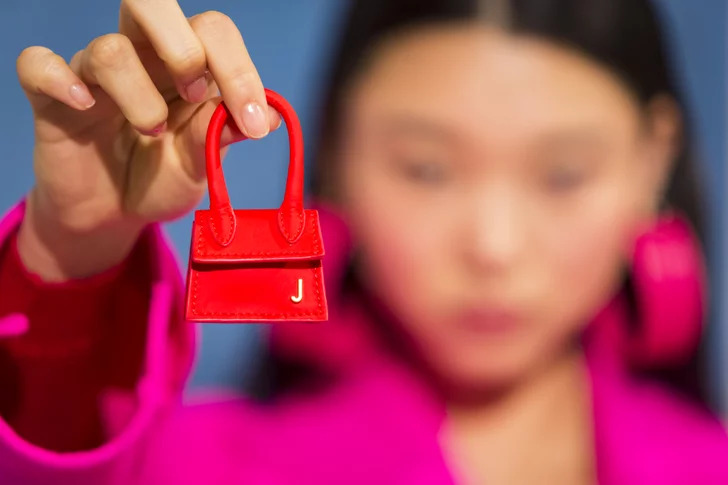
Maison Margiela’s Tabi boots 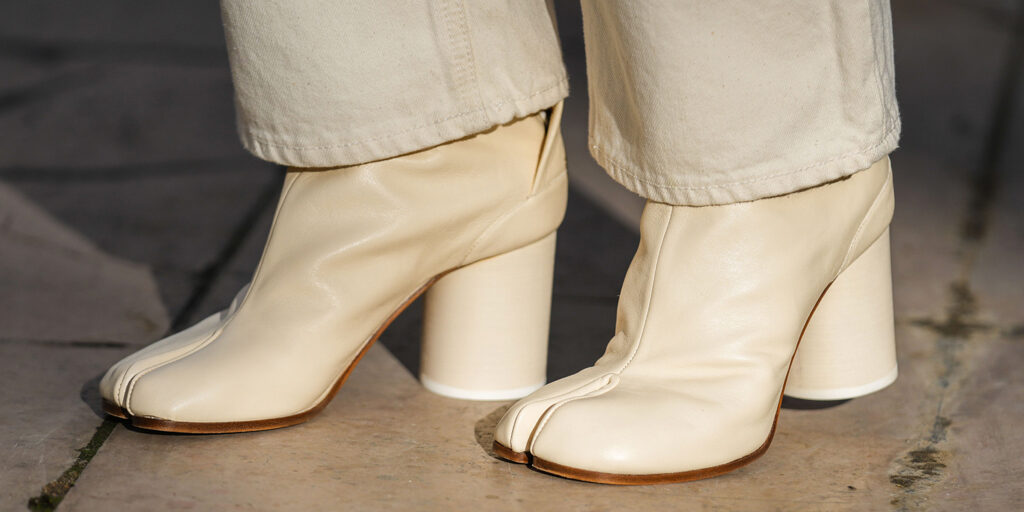
Jacquemus’s Mini Le Chiquito
Many argue that Gen Z’s fascination with unconventional styles and aesthetics is caused by their pushing need to be perceived as innovators and to distance themselves from the older generations. However, the resurgence of past styles and the nostalgia for past decades altogether prove this theory wrong. So what is up with Gen Z customers?
Although this generation might seem counterintuitive in their fashion choices, the popularization of one specific bag can provide clarification about the underlying rationale of the generation’s purchasing decisions: Federico Cina’s Tortellino Bag, presented in his FW24 collection. The bag draws inspiration from the traditional tortellino shape, and is proposed as a unisex accessory for everyday outfits.
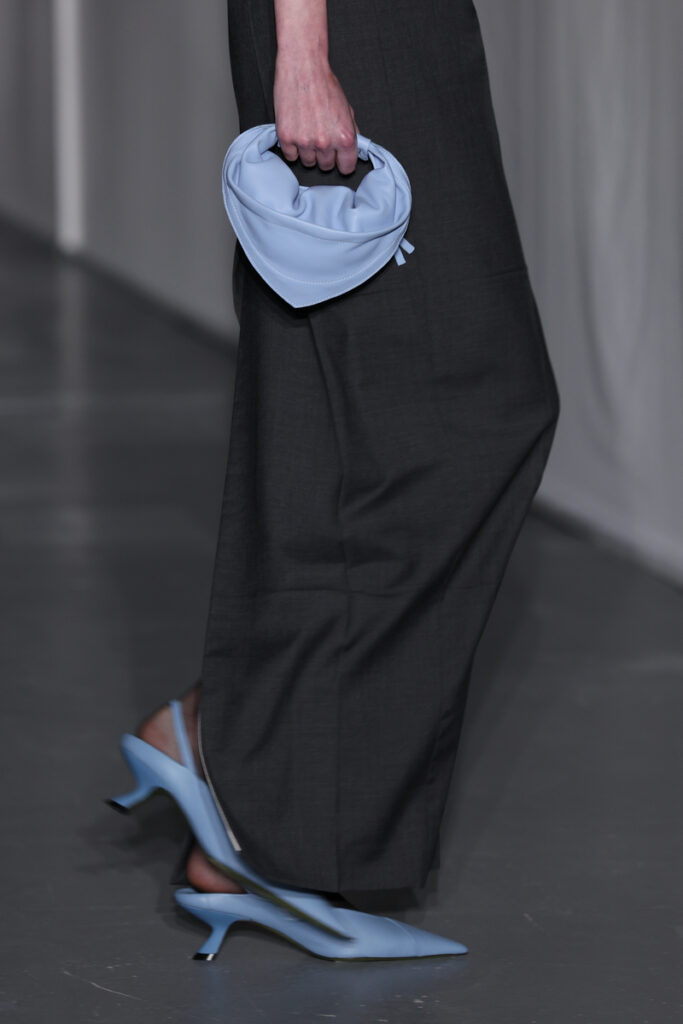
Vogue Italia presents the tortellino bag as an ode to the culinary art of “nonne romagnole” (grandmothers from Romagna), and this is exactly why it is becoming not only a sensation on the fashion scene of 2024, but also an iconic piece in the explanation of Gen Z taste. While it is not the first time that designers draw inspiration from food, the Tortellino Bag is radically different from the Lays Chips bag from Balenciaga, for instance. The peculiarity of Cina’s bag is its versatility: it is not meant to shock you in its irreverence, but it seeks to find a new language based on the appreciation of other forms of art. In true Gen Z fashion, this bag romanticizes everyday life, and it elevates the simplicity of a tortellino to a muse, a new aesthetic language that appreciates the craft of traditional pasta.
The Tortellino Bag is the quintessential example of the contamination of fashion with other forms of art, but recent collections have shown the increasingly close relationship between fashion and science, too: Coperni’s Air Swipe bag, for instance, is made out of a material (99% air and 1% glass) that is used by NASA to collect stardust, while JW Anderson’s pigeon and frog bags are 3D-printed.
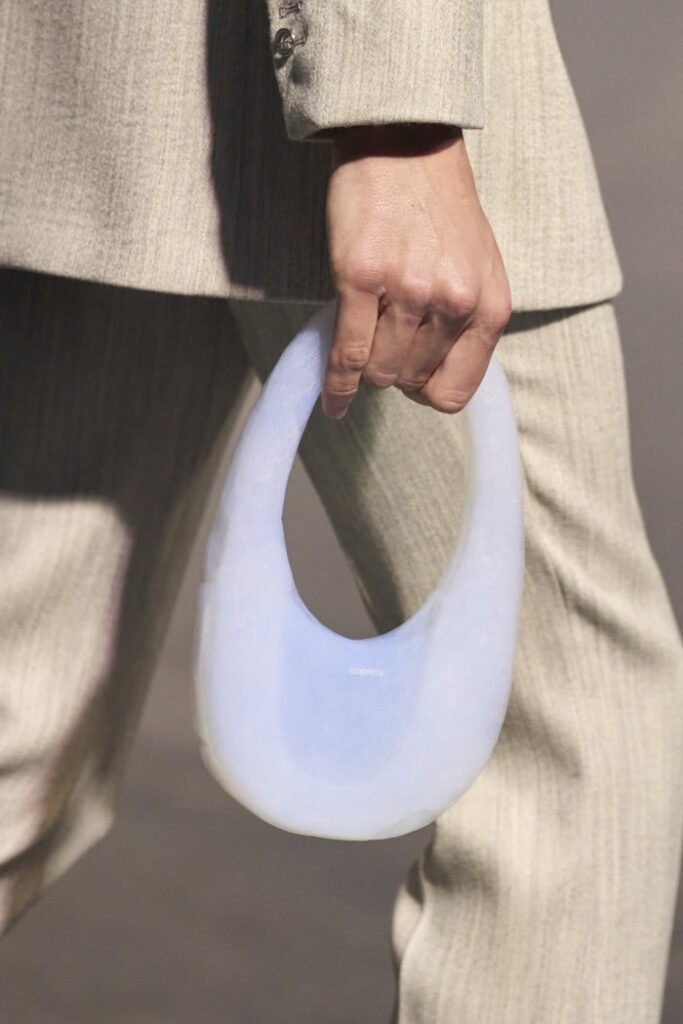
What these examples, as well as the paradoxical fascination with past trends, testify is how Gen Z is longing for an escape from the bore and dissatisfaction of their present reality: while the line between past and future becomes blurry in Gen Z’s fashion choices, designers seeking to gain the youth’s seal of approval should push themselves to explore new aesthetic codes and techniques. However, what many fail to notice is how Gen Z is also longing for beauty in their everyday lives. Among pandemics, environmental crises and wars, Gen Z finds beauty in their own “tortellini” and pigeons: the small pleasures of everyday life, the beauty in what is directly around them.
By Chiara Ricciardi
Sources
Secondhand Luxury Goods Market Size [2024 To 2031] Share, Trend, Growth, And Industry Analysis.
The Story Behind JW Anderson’s Viral $890 Pigeon Bag
Brands like Dove and Gucci are leaning into Gen Z’s desire for nostalgia – Glossy.
Gen Z brought the ’90s back because it feels impossible to grow up in today’s economy

